‘A la carte’ content for more successful lead generation
More people are visiting your website? Yay! But you can’t charge a customer for browsing, can you? To convert potential customers into paying customers, you have to find a way to convince them to take action. What that takes? A certain kind of content is what. Read on to learn more!
Personas are your ultimate travel buddies
You can’t serve content to just anybody and expect them to eat it up. Well-thought-out personas and a ditto customer journey are essential to turn leads into conversions. Successful inbound marketing, after all, revolves around the customer.
A (customer) persona describes a certain type of customer. It combines, among other things, demographic and sociodemographic features and personal characteristics and goals as well as challenges and frustrations. Customer personas help you to get to know your ideal customer better, as well as their needs and the sources they use to obtain information.


Next stop: the customer journey
Once defined, customer personas provide you with all the information and insights you need to get a grasp on your target group’s customer journey. The cornerstone of any marketing strategy, customer journeys tell you what triggers your potential customers, which content they deem relevant, and which marketing channels they favour.
Customer personas help you to get to know your ideal customer better, as well as their needs and the sources they use to obtain information.

The customer journey consists of the multiple phases customers go through from needing something to finally purchasing it. It describes the journey they undertake to evolve from a potential customer into a satisfied customer – and in some cases even a brand ambassador.
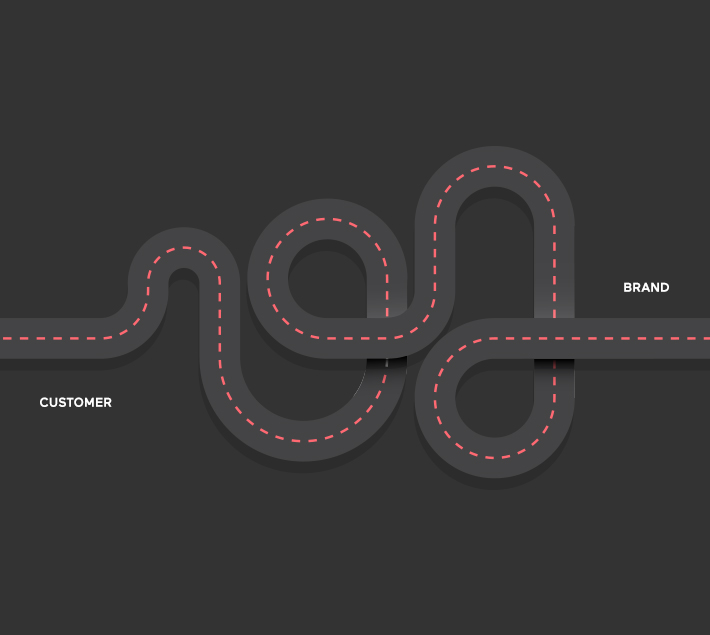
Smarter, step by step
To map out the customer journey as accurately as possible, studying each step in detail is crucial:
- What are the personas’ (informational) needs?
- What keeps them awake at this stage?
- What’s their experience?
- Where can they bump into you?
- What do they expect from you?
- What are potential deal-breakers?
Strong content generates quality leads
Now that you know exactly who your target group is and what makes its members tick during the purchasing process, it’s time to use that information to generate more and better leads. How to go about it? By creating strong content for every stage of the sales funnel: awareness, consideration, comparison, purchase and loyalty.
Did you know? Onlyhumans’ smart lead generation and strong content marketing has turned out pretty darn fruitful for Upstairs!

Stage 1: Awareness
Every customer journey starts with Awareness. Your potential customer researches a problem or looks for a means to tackle a particular challenge.
It’s still too early for a real purchase decision at this stage. The customer may already be (vaguely) familiar with your brand but has no intention to take action.
In other words, you’re going to have to trigger them. You can do so by feeding them information, for example by publishing blogs, informative videos, e-books and whitepapers.
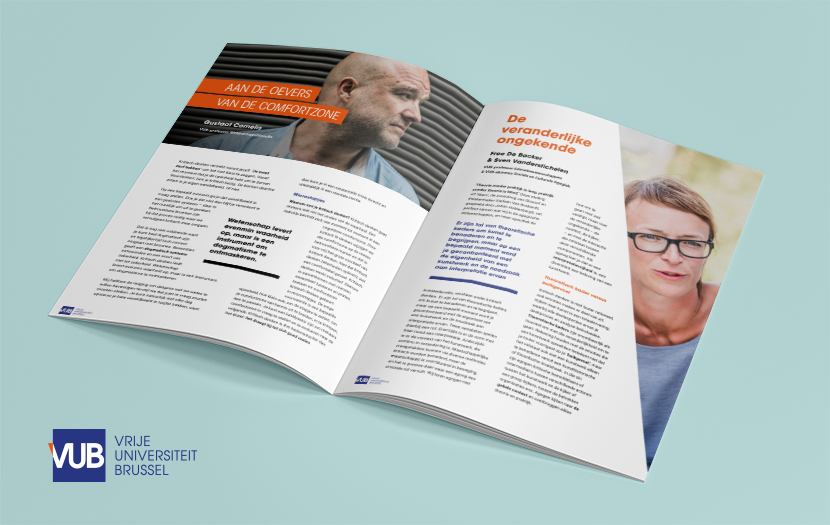
Stage 2: Consideration
At this orientational stage, prospects mainly want to increase their knowledge. Chances are they’re compiling a longlist of possible solutions.
Topping Google’s search results with effective SEO and SEA will now help you get their attention, as will e-books, FAQs, advanced manuals and whitepapers.
Stage 3: Comparison
Your potential client is now weighing his options, ultimately cutting his longlist of potential suppliers down to a shortlist.
At this stage, being in the picture – preferably not in the background – is vital.
In other words, publish content that showcases your expertise, such as expert guides, webinars, live demos and whitepapers, that compares your product to the competition’s.
Stage 4: Purchase
At this stage, customers make their final choice and proceed to purchase. Gently push them towards your brand by providing them with specific information about your product, its USPs and its practical implementation. Think use cases, downloads for free trials and product reviews. Make sure the customer is able to complete the purchasing process in a quick, simple and flawless manner thanks to a customer-oriented and user-friendly checkout process (no idea how to go about this? Read more about conversion optimization). Offering them a performant, attractive and user-friendly website with all the right calls-to-action is a must.
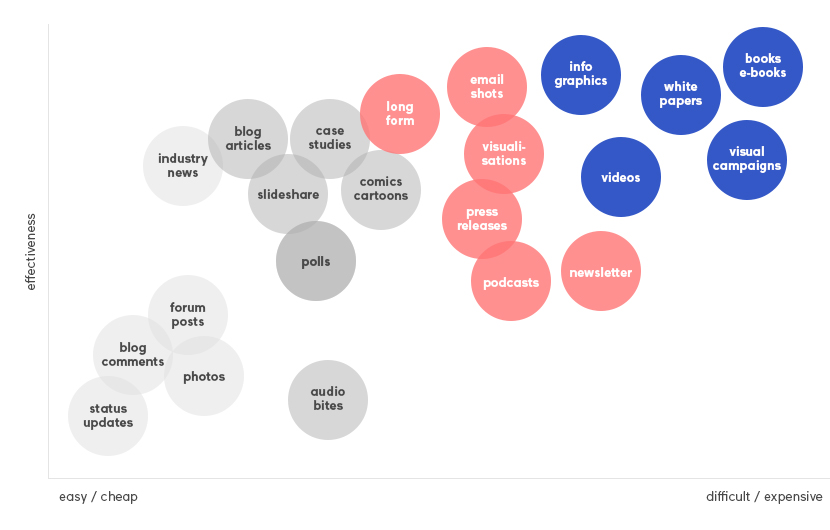
Stage 5: Loyalty
This stage is all about ensuring your customer considers having purchased from you a positive experience.
Of course, the customer journey doesn’t have to end here. If all goes well, it’s a cycle that continuously repeats itself and in the best case results in customer loyalty. Important touchpoints in this aftersales process are web care, retention and service. So, don’t stop publishing those newsletters, social media posts and blogs!

Call to action vs. call to arrivederci
What stage of the customer journey is your prospect at? A call to action to get them to buy something will be to no avail if your prospect feels he still lacks information. Don’t allow your call to action to become a call to arrivederci … Make it clear that you’re not pushing for a purchase. Steer clear from ‘Buy now’-CTAs and use expressions like ‘Discover X’ or ‘Read more’ instead.
CTA: make sure there’s a click
Calls to action are no longer limited to simple buttons at the bottom of web pages, ads or emails. These days, they come in all shapes and sizes, including slide-in-CTAs, side bar CTAs, static CTAs, inline CTAs, …
Evidently, ‘Click here’ isn’t the best CTA out there. A great CTA conveys a clear message and is tuned to its target audience and the context it appears in. What do you want your visitor to do? Simply having the CTA state that usually suffices. Think buttons that say ‘Test me’ if you want readers to request a free trial version.
Here and now
It gets even better if you can add a USP to your CTA, like ‘Get your free sample’ if you’re looking to distribute product samples. Got room for something a little longer? Use it to create a sense of urgency: ‘Get your free sample today’. Make it clear to your readers that they have to be quick if they want to enjoy the offer.
Research shows that personalized CTAs can increase conversions by a whopping 42%!
Progressive profiling: converting bit by bit
Of course, you want to learn everything you can about your prospect. But don’t let your enthusiasm sabotage your data captation. Customers who feel they’re being asked too many questions, especially in the beginning, are inclined to leave and never return. The more fields you add to a form, the lower the conversion rate. Progressive profiling, by contrast, enables you to gradually gather information while the lead conversion rate increases.
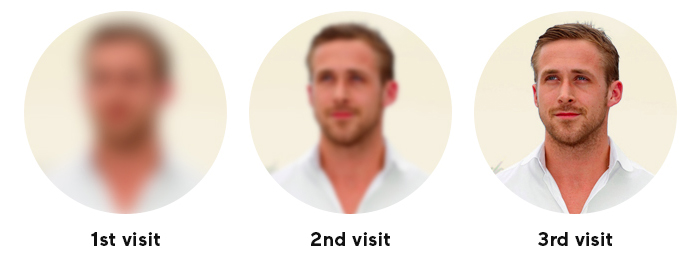
Here’s how progressive profiling works. A first-time visitor fills out a form on one of your landing pages and is only required to complete a limited number of fields. The next time(s) they visit your website, you ask them for some additional information. This way, your knowledge about the prospect increases with each visit they make, ultimately providing you with all the information you need to successfully lead them through the sales funnel all the way to conversion.
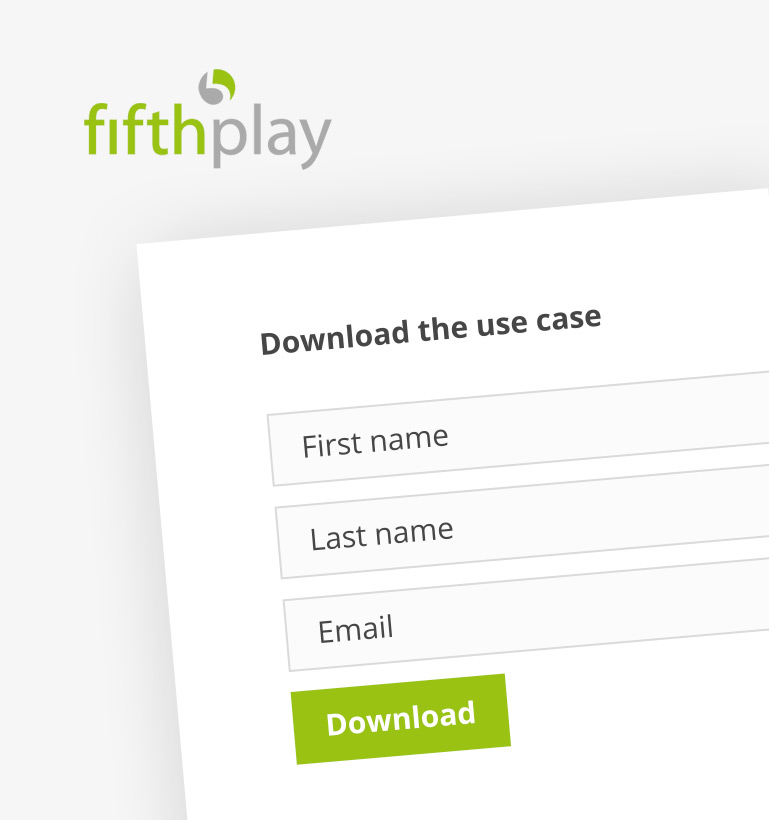
Use cases for fifthplay
fifthplay, a Niko subsidiary that specializes in energy management solutions, asked us to develop download forms for their use cases. We had first-time downloaders fill out their name and e-mail address.
To be able to download a second, third, fourth, … case, visitors were requested to share additional information including their company, region and job title.
From lead to hot prospect
Once you’ve got your eye fixed on a lead, turning that lead into a hot prospect all comes down to thorough follow-up. Our advice? Use a marketing automation platform like MailChimp, Autopilot or HubSpot to automate the follow-up process and be able to adjust it dynamically. Do you want to increase your lead generation and conversion rate? We’re happy to help you publish the right content at the right time.
